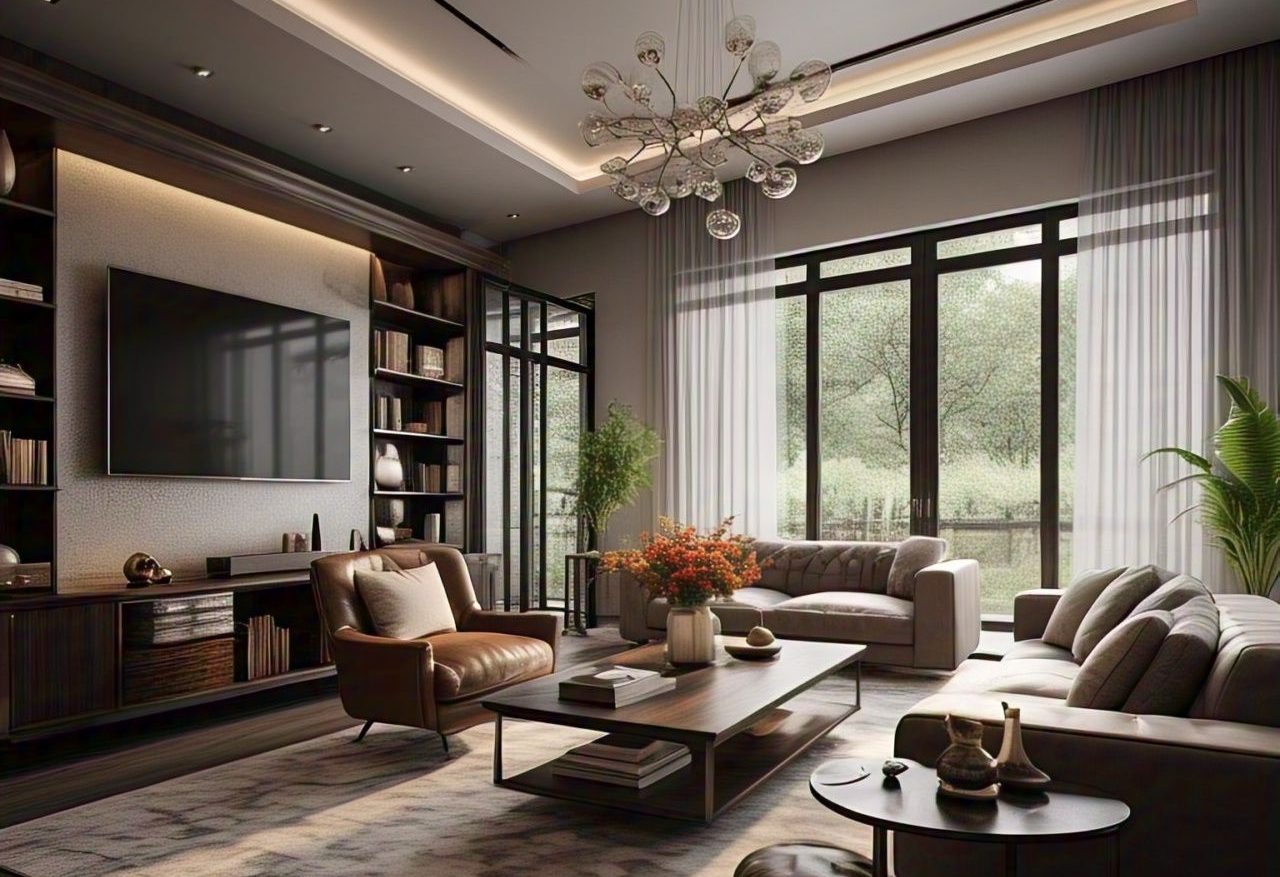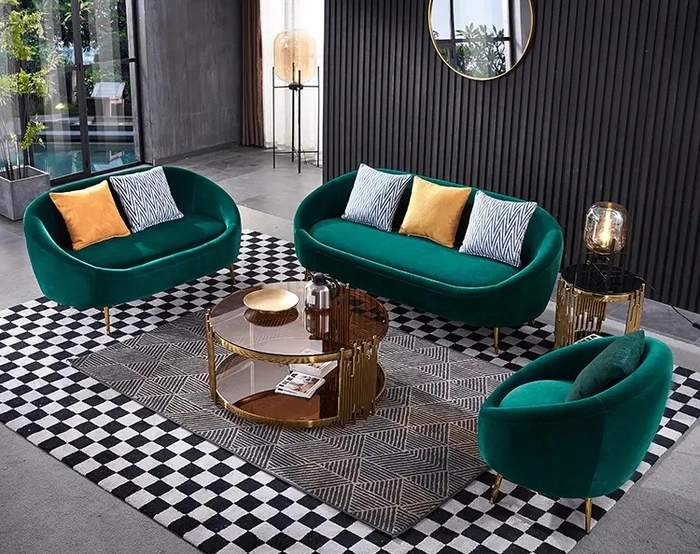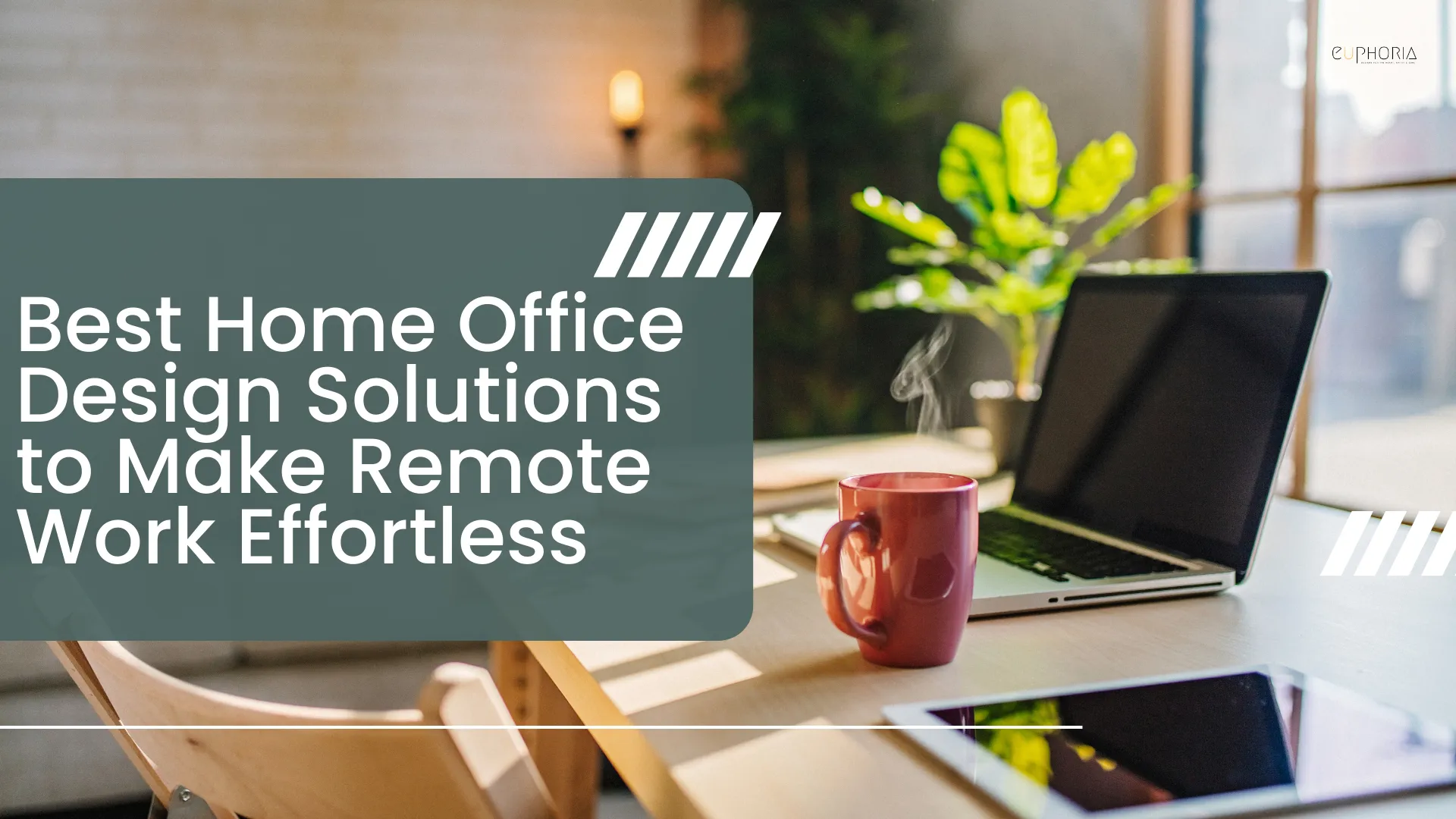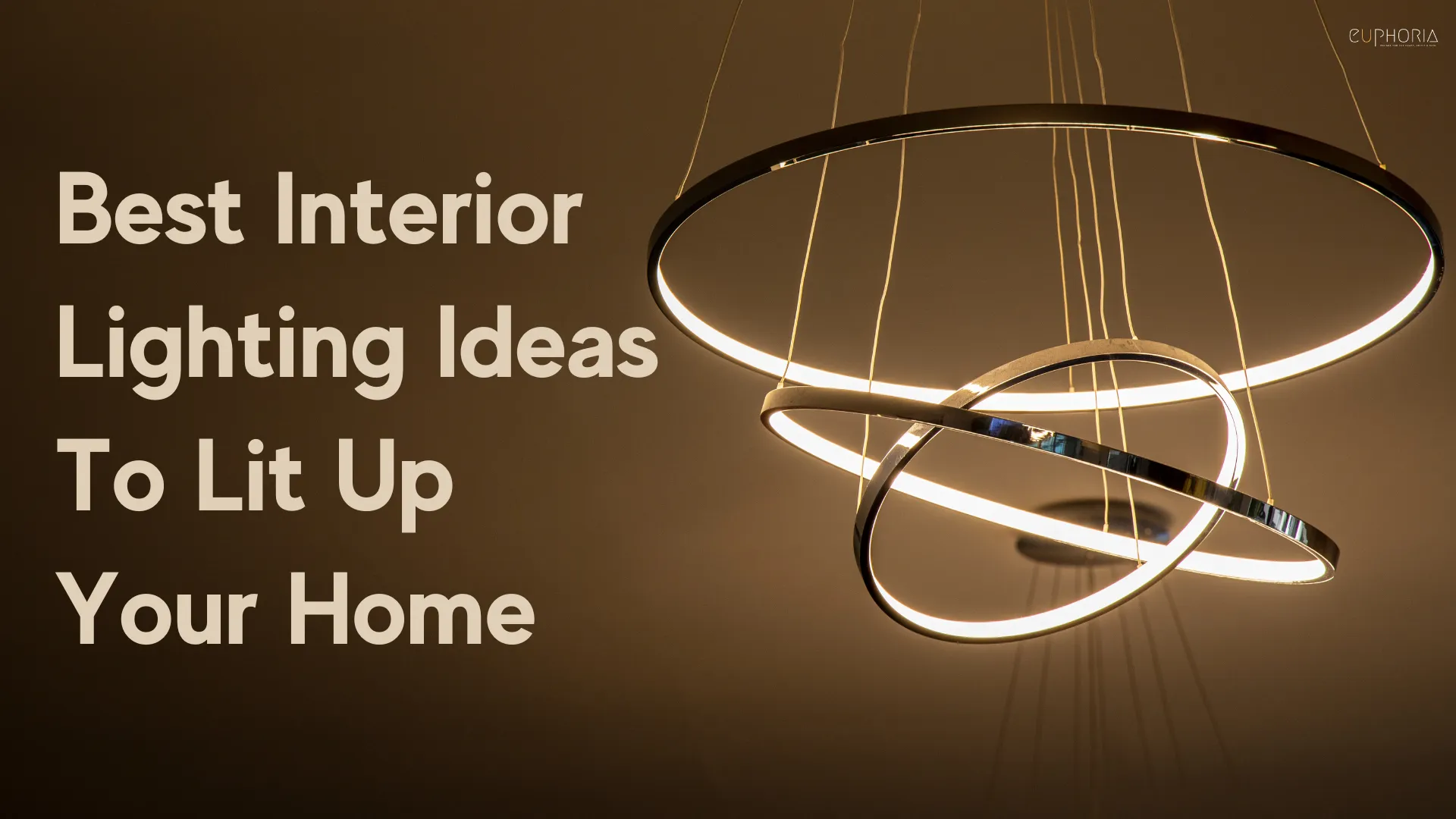What makes a house feel like a home? Does your story come through in the soft furniture, the warm lighting reflects your sparkly spirit, or those small, personal touches? It’s nice when you walk into a room and feel like everything is of your choice; this is the magic of right interior design!
Interior design is more than just making things look nice. It’s also about making rooms that fit your personality and the way you live. If you want to make the most of a small flat or build your dream home, the right interior design can change the way you live. But what is the Importance of Interior Design? How can you do it right?
What Does Interior Design Mean?
There’s a lot more to interior design than just putting furniture in order and choosing paint colors. It’s the careful planning and building of places to make them more useful, comfortable, and beautiful. International interior design companies specialize in creating stunning spaces that blend aesthetics with functionality. Interior design is a big part of modern homes because it helps make the most of every space and combine style with function. A well-designed room can make you feel better, help you live the way you want to, and even raise the value of your home. Not a nice-to-have, but a must-have for a better life.
Why Do People Have Trouble with Interior Design?
1.1 Not knowing enough about
A lot of people mix up interior design and interior decorating. Decorating is mostly about how things look, but interior design also looks at how things work and move. If people don’t know this, they might fill a room with popular things that don’t go together or aren’t useful. They don’t understand how lighting, colors, and textures can affect how people feel and act, which makes them angry when places don’t do what they’re supposed to do.
1.2 Limits on Budget
A common misunderstanding is that interior design costs a lot of money. Luxurious designs can be pricey, but with careful planning, you can make beautiful places that don’t cost a fortune. Finding the right balance between style and price is important. Reusing furniture or buying a few statement pieces are two examples of things that can make a big difference.
- Adding new curtains or paint can make a big difference in the look of a room.
- You can make your budget go further by focusing on the things that will have the biggest effect.
1.3 Having Too Many Options
Homeowners can feel stuck when they have too many design choices. Every style has its own draw, from rustic to modern to minimalist to maximalist. When you add in the different materials, layouts, and extras, it’s easy to get tired of making choices. It’s easy to end up with a space that doesn’t go together if you don’t have a clear plan.
- Focusing on your home’s layout and your own tastes can help you narrow down your options.
- Making a plan that works together makes sure that choices are in line with the big picture.
1.4 Not Making Plans for Long-Term Needs
Trendy styles can be appealing, but they don’t always last. In the same way, ignoring lifestyle factors can lead to places that are quickly useless. For instance, a family with young children might value long-lasting furniture and open floor plans, while someone who works from home would need an office set-up that works.
- Choose patterns that can adapt to changes in your family and way of life.
- Aesthetics are important, but usefulness and durability are also important.
Importance of Interior Design for Your Home?
2.1 Making Things Work Better
A well-thought-out house makes life easier. Every corner has a purpose thanks to well-thought-out layouts and design decisions. It doesn’t matter if you’re trying to make the most of the space in a small kitchen or turn your living room into a multipurpose space—good planning makes daily tasks easier.
- Designs that are functional change based on your habits and wants.
- Layouts that work well cut down on stress and boost output.
2.2 Making Things Look Better
There’s no denying how nice it is to walk into a beautiful room. The way that colors, textures, and lights work together can either energize you or calm you down. Interior design turns everyday rooms into beautiful places that feel like an extension of who you are.
- Bright colors can give you energy, and soft colors can make you feel calm.
- Different types of lighting, like chandeliers and LED strips that blend in, can change the mood.
2.3 Taking Care of Your Emotional Health
Your mental and physical health are affected by the places you live in. A room that is crowded and not well lit can feel like chaos, but a room that is well-balanced and harmonious makes people feel calm and happy. Adding personal touches to your home, like family pictures or sentimental items, can make it feel like a safe place.
- Design affects how you feel, so pick parts that make you happy.
- Stress levels drop and focus improves in places that are comfortable and well-organized.
2.4 Raising the Value of Your Home
It’s not enough to just enjoy interior design; it’s also a commitment. More people want to buy homes with modern, well-thought out plans, and these homes often sell for more money. Design choices that pay off in the long run, whether you plan to stay or sell, include new kitchens and bathrooms that look great.
- Potential buyers are interested in homes that are well-designed.
- Making things look and work better gives a high return on investment (ROI).
Practical Advice on How to Do Good Interior Design
3.1 Making Goals Clear
First, write down your needs and top objectives. Think about what you want to do with each place and how you use it, like having guests over, working from home, or making a play area for your kids. Vision boards and other similar tools can help you get clear on your design goals.
- Costly mistakes can be avoided with a clear plan.
- Long-term happiness comes from matching design to living.
3.2 Making a budget
Stick to a budget that you can actually stick to. Focus your money on high-impact areas like kitchens and living rooms when you’re allocating funds. To save money without sacrificing quality, look into cheap choices like do-it-yourself projects or materials that are on sale.
- Spending a lot of money on decor shouldn’t come before needs.
- Look for changes that won’t cost a lot of money, like refinishing furniture.
3.3 Looking for Ideas and Professional Help
Look for style ideas on the web, in magazines, and in stores. If the process seems too hard, you might want to hire an interior designer. Professionals can make your ideas come to life and help you avoid common mistakes.
- Online platforms like Pinterest are great for getting ideas.
- Professional designers can make the process easier and get better results.
3.4 Finding a Balance Between Trends and Classic Styles
It may be fun to use trendy patterns, but they can go out of style quickly. To make a look that will last, try to mix classic pieces with more modern styles. A stable base is made up of neutral colors, classic furniture, and flexible layouts.
- Designs that are timeless save money as they require less frequent updates.
- Smaller, replaceable decor things can be used to follow trends.
3.5 Adding Environmental Protection
Eco-friendly materials and designs that use less energy are good for the environment and your pocket. Simple things you can do to make your home more eco-friendly are to reuse furniture, use natural materials, and choose LED lights.
- Sustainability adds worth and fits with the priorities of today’s lifestyles.
- Long-term costs are lower when you choose durable, eco-friendly choices.
Mistakes you should never make in interior design
4.1 Too Many People in the Space
Having more isn’t always better. Putting too much furniture and decorations in a room can make it feel crowded and disorganized. Instead, go for balance and simplicity to make a space that is open and comfortable.
- Cleaning up makes things move better and rooms feel bigger.
- Putting important things in the right places helps focus without making things too crowded.
4.2 Forgetting About Lights
The right lighting can make or ruin a decor. Even the best plans look bad when the lighting is too bright or too dim. To make a layered effect, think about natural light, job lighting, and ambient lighting.
- To make natural light shine brighter, use mirrors and light colors.
- Layered lighting gives rooms more depth and volume.
4.3 Not Caring About Size
The room’s size should determine the furniture and decorations that go in it. When big things are put in small spaces or small pieces are put in big spaces, they throw off the balance. To keep things in order, try to make sure that everything is proportional.
- Make sure the furniture will fit by measuring it before you buy it.
- Size your decorations to fit the size and shape of the room.
4.4 Forgetting to Make It Personal
A house should show who lives there. Avoid designs that are too similar and don’t have any style. Instead, add things that are unique to you, like handmade art, family heirlooms, or do-it-yourself projects that tell your story.
- Adding personal touches to a place makes it feel warm and real.
- Being unique makes the link between you and your home stronger.
In conclusion
Interior design isn’t just about how things look; it’s an important part of making a house feel like a home. You can make a place that improves your daily life by thinking about how it works, how it looks, and how you can make it your own. Careful design choices pay off in comfort and value, whether you’re starting from scratch or just changing a few things.
Do not be afraid to ask for help when you need it. Start small and stay true to your goal. Your home is where you feel safest, so make it feel like yours.
FAQs
Do you think interior design is only for big homes?
No, interior design is good for all kinds of homes. Well-thought-out layouts and designs that can be used for more than one thing can be especially helpful in small areas.
How much money should I set aside for decorating my home?
It is based on the project’s size. Start with a clear plan and put the most important things first. It doesn’t have to cost a lot to make big changes, like painting or adding lights.
Is it possible for me to create my own rooms?
Of course! You can handle many things on your own if you do your study and plan ahead. But for more difficult jobs, getting a pro can save you time and make sure you get better results.
What do you think are the most important parts of home design?
Key things are functionality, lighting, size, and personalization. A balanced method will make sure that your space is both nice to look at and useful.




